Property Law: Trademark Infringement Analysis - Kellogg's vs. Aldi
VerifiedAdded on 2022/08/26
|5
|798
|13
Report
AI Summary
This report analyzes a property law case concerning trademark infringement, specifically focusing on a potential infringement between Kellogg's and an Aldi product. The report examines the relevant provisions of the Trade Marks Act 1995 (Cth), particularly sections 17, 43, 44, and 60, which define trademarks, address deceptive or confusing use, and consider the reputation of a mark. It references key case law, including Shell Co of Australia Ltd v Esso Standard Oil (Australia) Ltd and Southern Cross Refrigerating Co v Toowoomba Foundry Pty Ltd, to illustrate the concepts of substantially identical and deceptively similar trademarks. The application section discusses the potential for confusion caused by the similarity in color and mascots between the two products, concluding that the Aldi product may constitute trademark infringement. The report highlights the importance of priority dates and the potential for the brand with an earlier date to challenge the other's registration. The conclusion reinforces the potential for consumer confusion and the resulting trademark infringement by the Aldi product, supported by the analysis of relevant legislation and case precedents.
1 out of 5
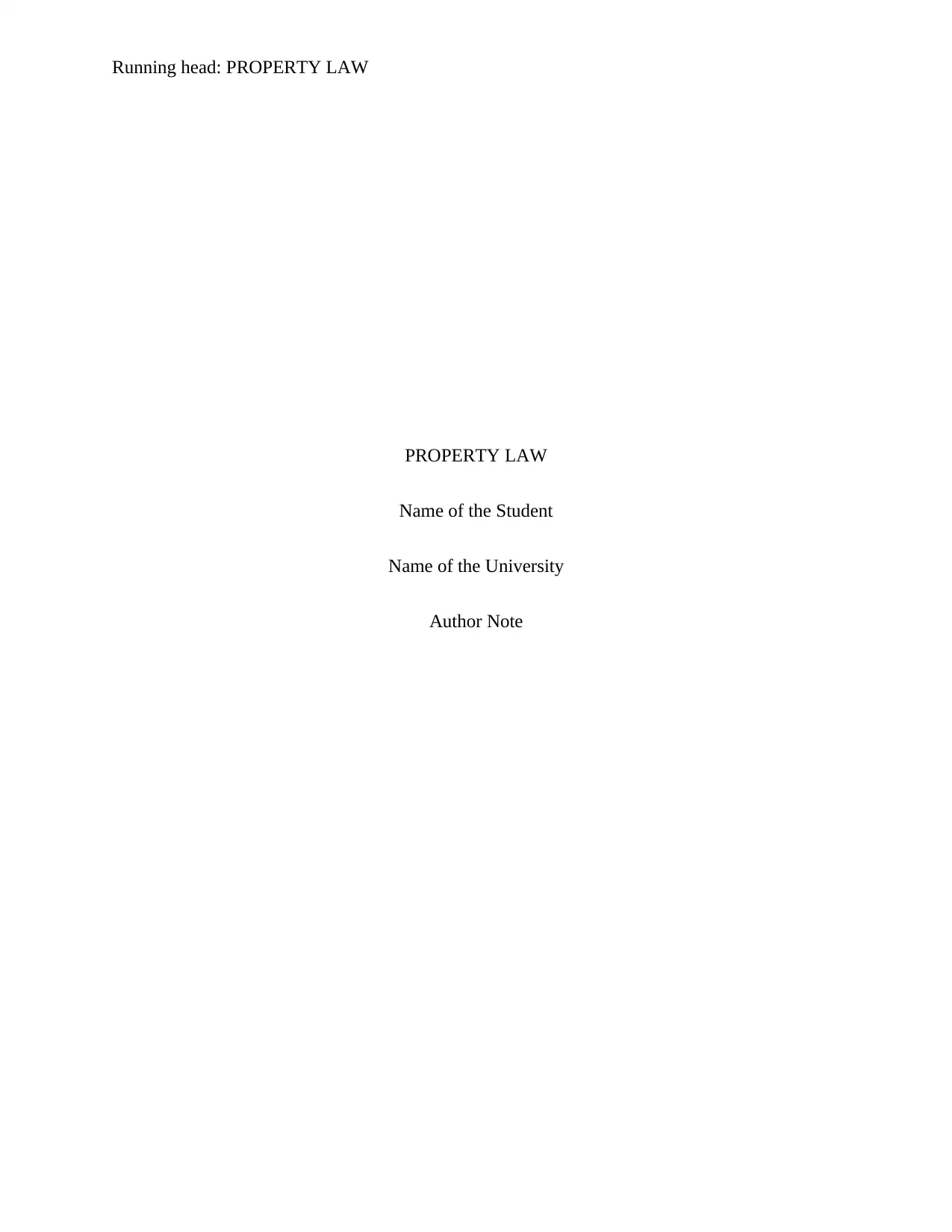
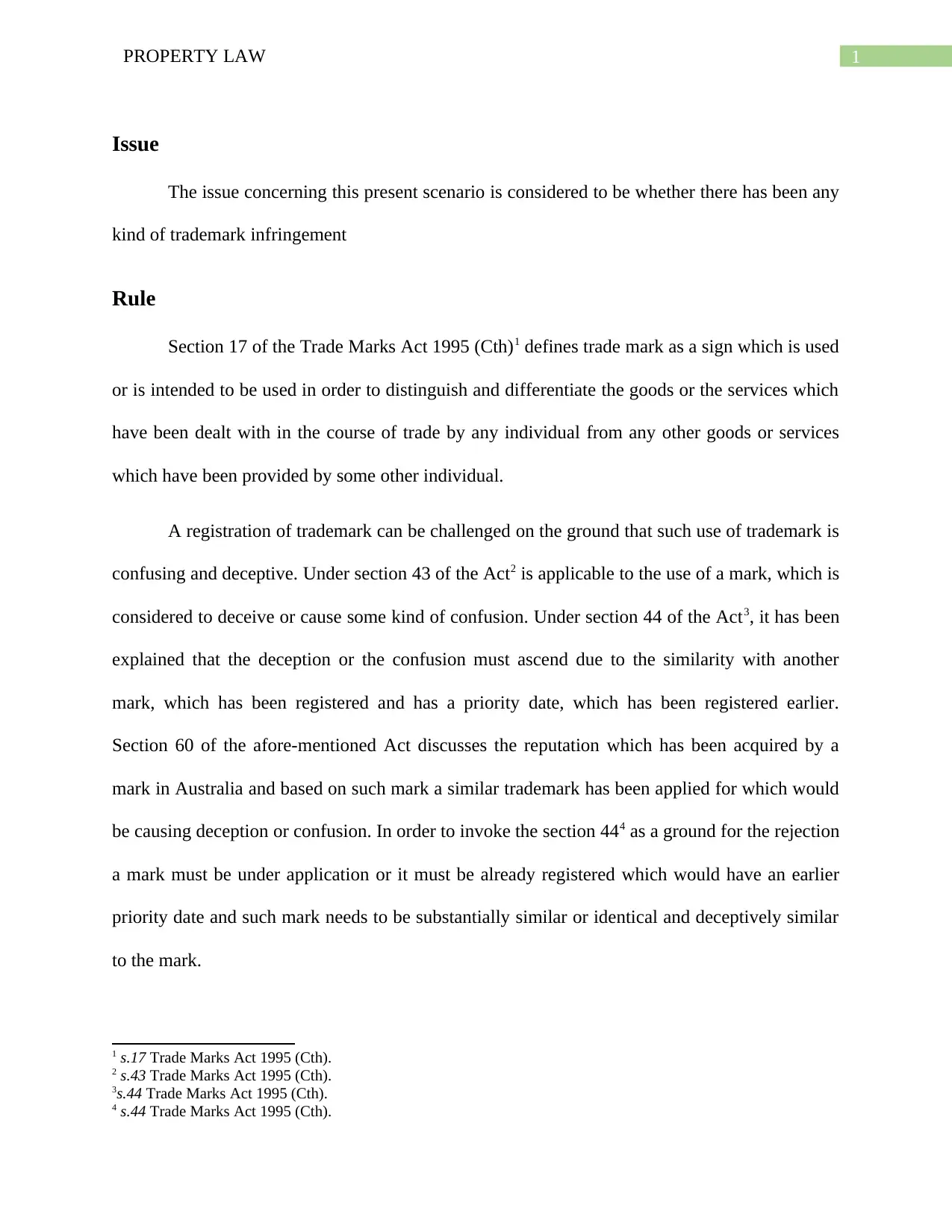
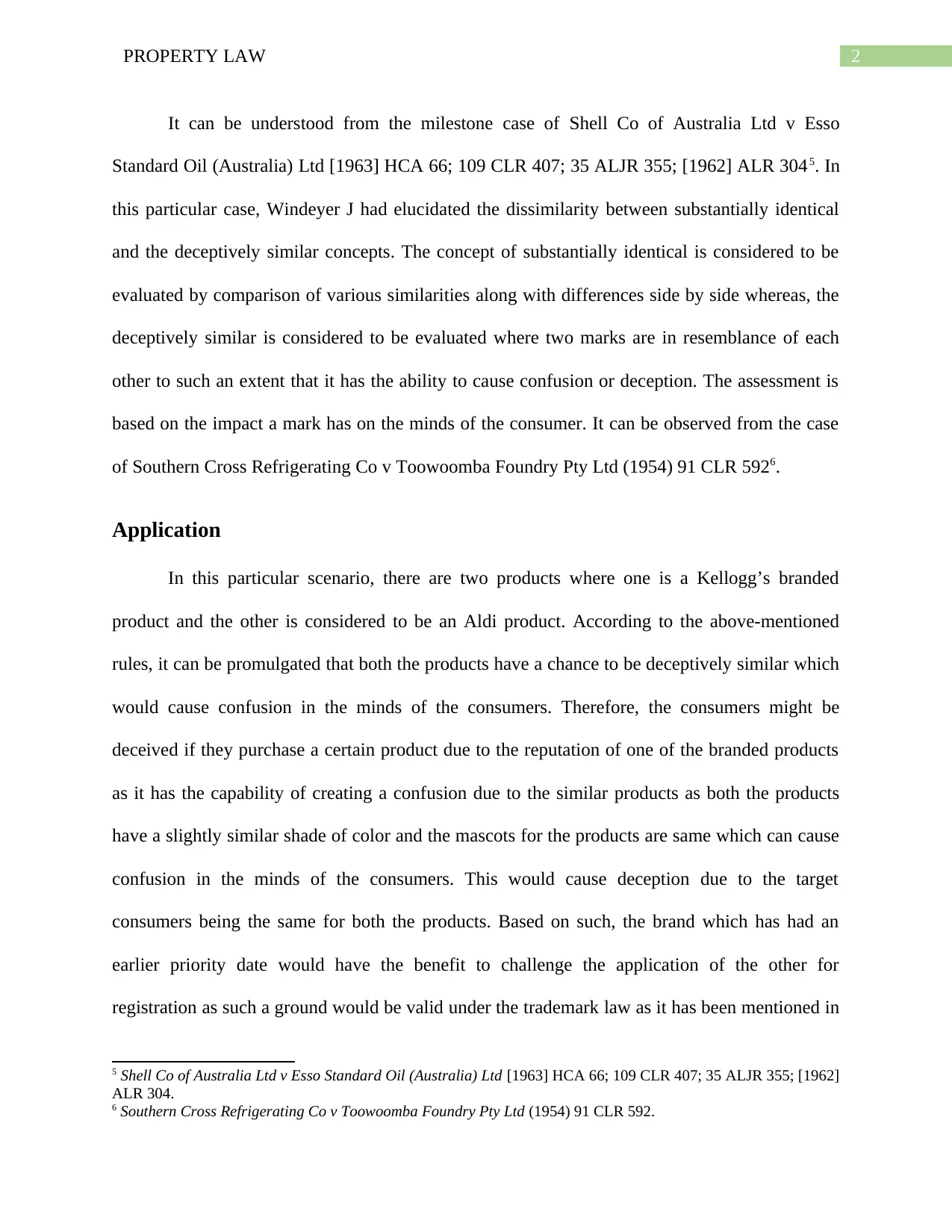

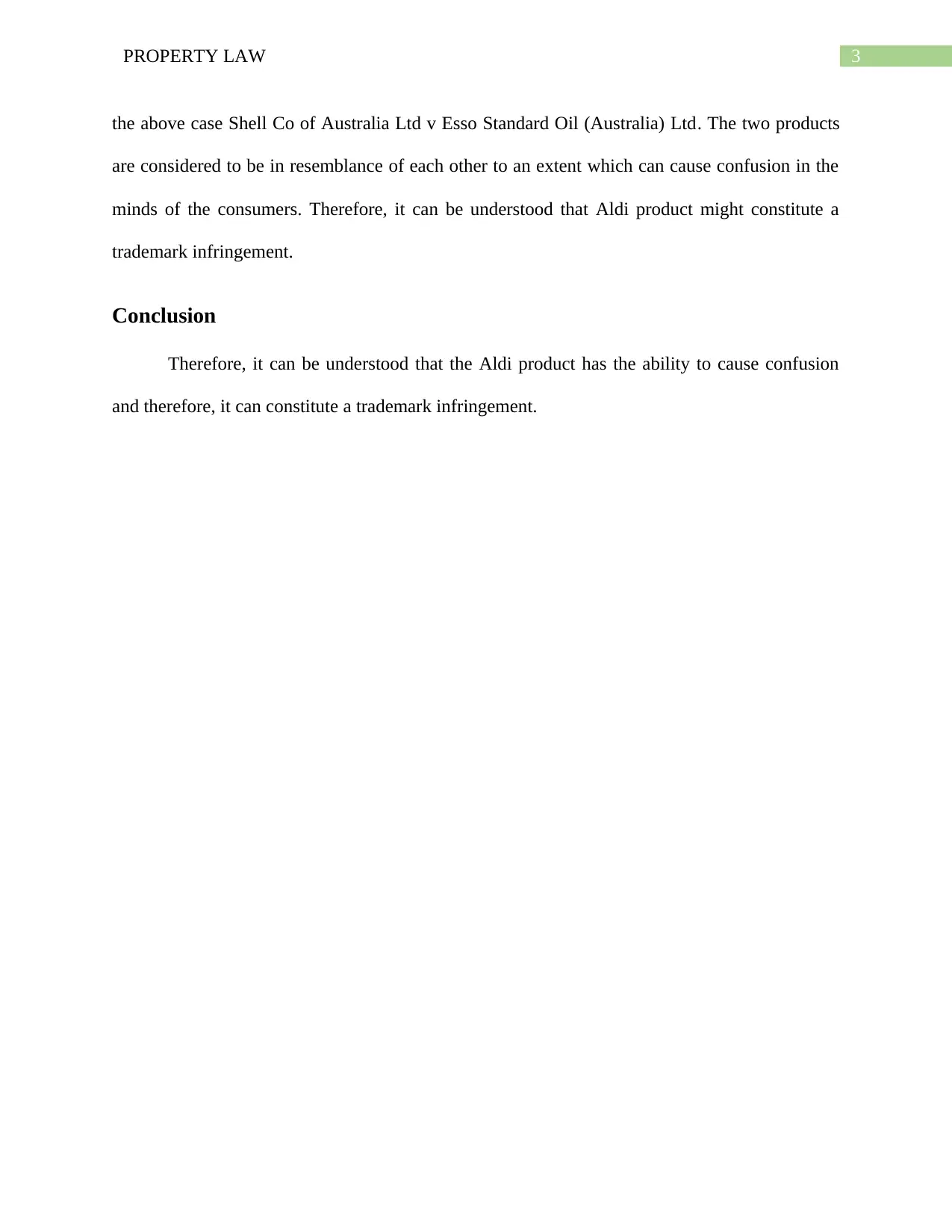
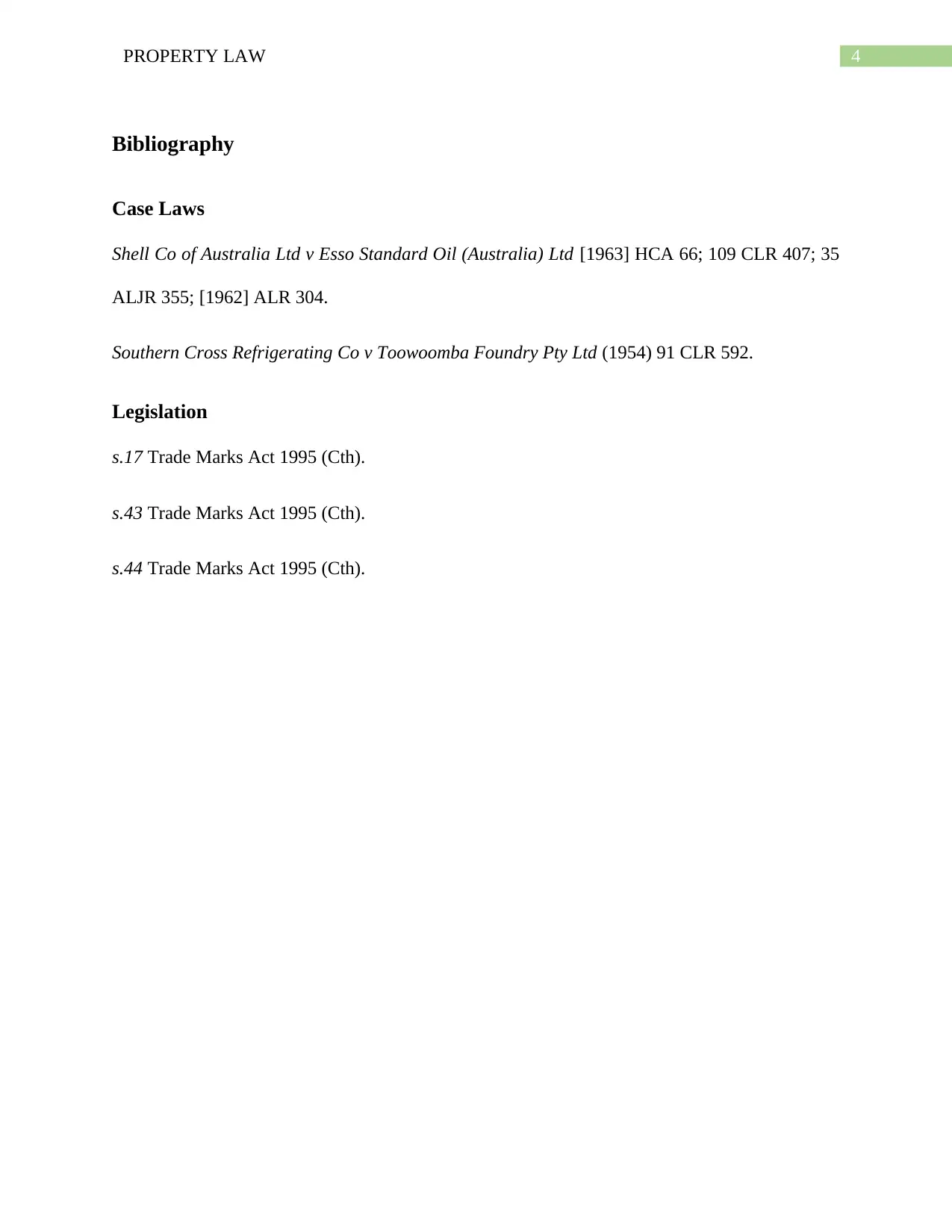






![[object Object]](/_next/static/media/star-bottom.7253800d.svg)